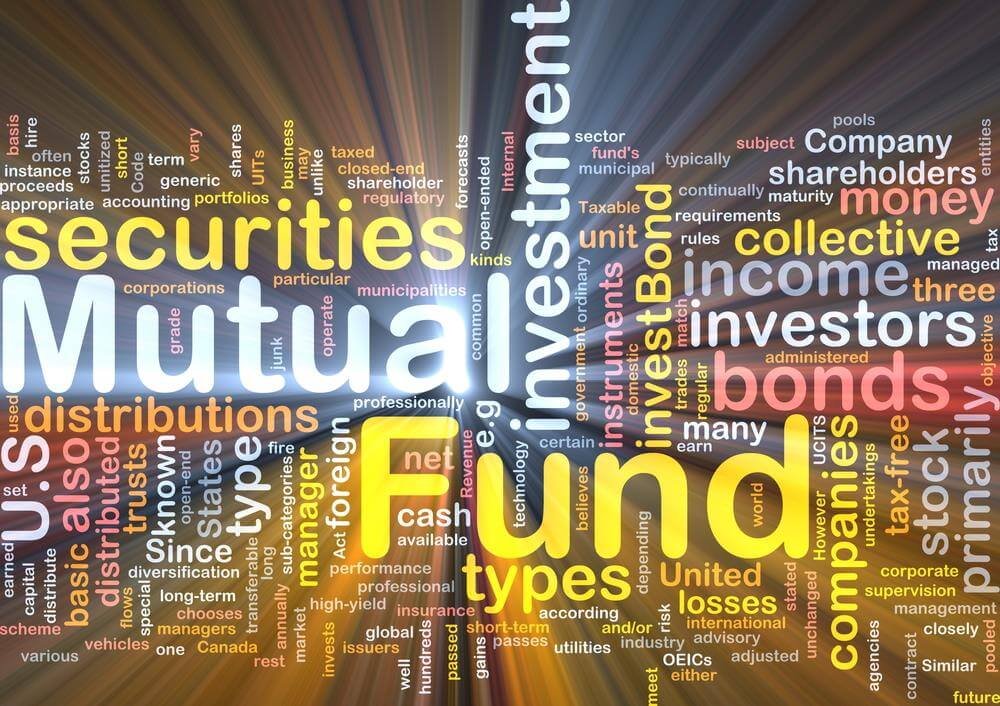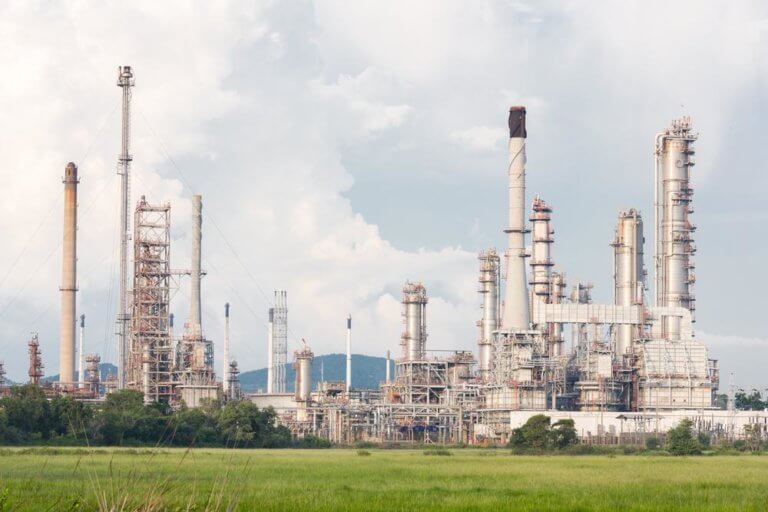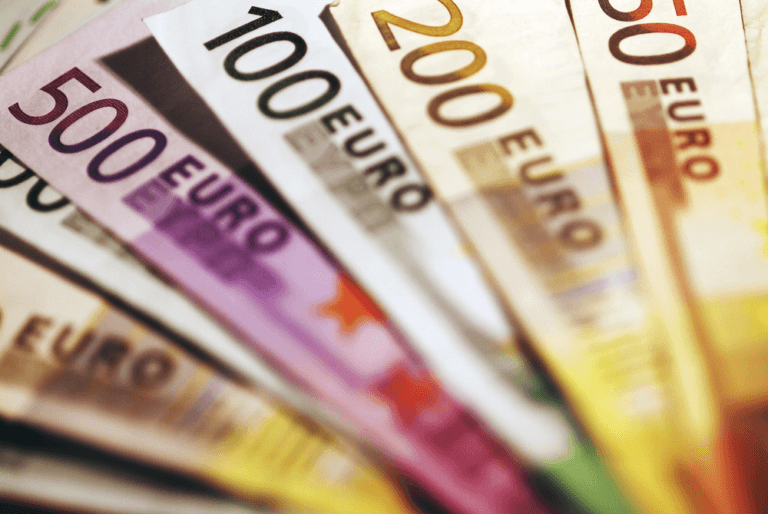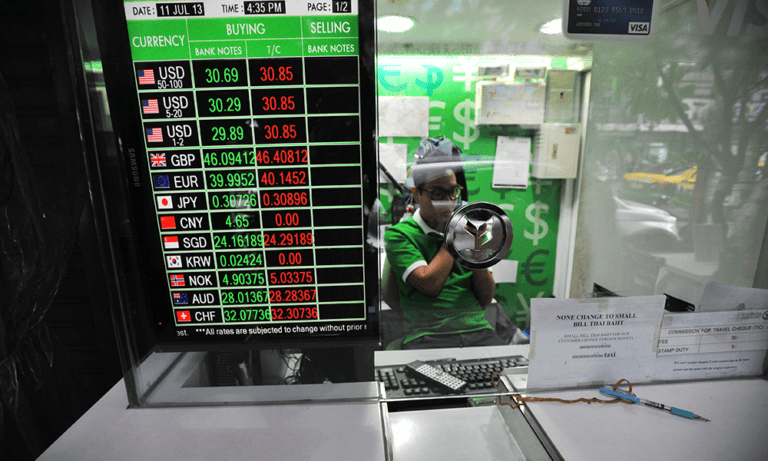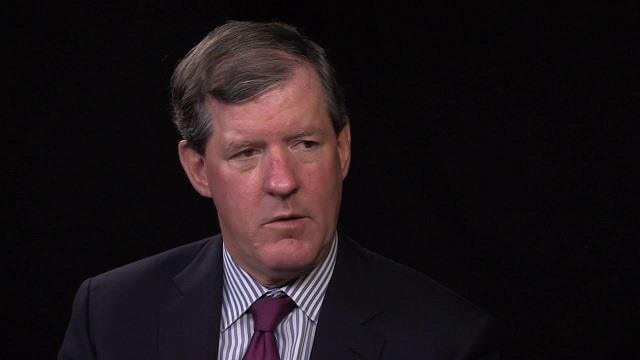Morningstar analysts have also published a research paper analyzing long-term investors’ mutual fund preferences as expressed in monthly asset flow data. The paper examines equity, fixed-income, and balanced funds globally to draw conclusions about how investors make investment decisions.
Highlights from Morningstar’s report about U.S. asset flows in October:
– Despite stock-market gains worldwide, taxable-bond funds led all asset classes in October with inflows of $16.6 billion, the highest intake for the category group since March 2015. Passively managed funds drove these inflows; active taxable-bond funds saw a $1.5 billion outflow.
– All category groups experienced active-fund outflows with the exception of municipal-bond and alternatives funds. International-equity funds continued to receive steady inflows, although smaller in magnitude than those seen earlier this year.
– In a complete reversal from September, high-yield and intermediate-term bond were among the top five categories with the greatest inflows after landing on the list of categories with the greatest outflows a month ago.
Each of the top-five actively managed funds in terms of October inflows were fixed-income funds: Fidelity Advisor® Total Bond, DoubleLine Total Return Bond, PIMCO Income, Northern High Yield Fixed Income, and Metropolitan West Total Return Bond.
Franklin Templeton slipped from the sixth to seventh spot on the list of largest asset managers after 11 consecutive months of outflows. BlackRock/iShares, with $15.0 billion, edged out Vanguard, with $14.7 billion, in terms of passive flows for the second straight month.
Morningstar estimates net flow for mutual funds by computing the change in assets not explained by the performance of the fund and net flow for ETFs by computing the change in shares outstanding.
Key findings from the “What Factors Drive Investment Flows?” report:
– U.S. investors strongly prefer low-cost funds, but these preferences are virtually nonexistent outside of the United States.
– Indexed equity funds receive higher flows at the expense of active equity funds. The trend reverses for fixed-income and balanced funds, as investors globally favor active strategies.
– Investors expressed a strong preference globally for funds that invest in a socially conscious manner. Globally, equity funds that self-identify as socially responsible receive 0.40 percent greater flows per month than funds that do not.
– Investors globally respond to Morningstar ratings—both the quantitative Morningstar Rating™ (the “star rating”) and the qualitative Morningstar Analyst Rating™. Funds with a higher Morningstar Rating attract greater inflows than funds with lower ratings. The five-tiered Analyst Rating scale has three positive levels, indicating Morningstar Medalists—Gold, Silver, and Bronze—and has proved to be a strong asset flow indicator as well.
– Investors seek out funds from higher-quality firms, and a notable relationship exists between asset flows and portfolio manager tenure. Investors favor long-tenured managers and visible continuity of fund management, suggesting that funds with co-management and internal promotion practices are better insulated from the adverse effects of manager departure.
